Close your eyes and think of a time you felt a "spark" with someone or something. Was it the first time you held a microphone? The time you met your best friend? Why is this idea of a "spark" important to our work in the community around people with disabilities?
Listen below to hear Tim Vogt's 3-question interview on this series' theme with host, Katie Bachmeyer.
Transcript:
Katie: So, tell me about a time you saw a spark at Starfire.
Tim: There was a young man that was coming here, Kyle, and he would walk around our day program, and he would walk in a very different way. He would turn his toes inward and make these sideways steps, and he would kind of walk around corners very intentionally. And, I remember, at the time we had a few staff who thought this was a really big problem – that he was acting strangely or it wasn’t appropriate. One staff, a guy named Jon, had noticed that this young man had kind of an interest in martial arts, in ninja-kind of stories. And Jon actually noticed that what Kyle was doing was not strange or weird, it was actually a form of martial arts.
So, the first spark was the noticing of that staff, saying, “Huh? I wonder if this isn’t just weird or this isn’t just strange or this isn’t just a behavior problem. What if this is an intentional clue into who this person really is? Maybe this is one form of communication of who they think they are and who they were born to be.” As a result, another staff started to invite in a local martial arts master to teach for the reason of cultivating this interest that was noticed with this young man. So, Kyle gets an opportunity now, because of these two staff, to be in the presence of somebody who could be a mentor, or a sensei if you will, to his unfolding or emerging identity around the martial arts.
A few months later, Kyle is having a planning session. His family is coming and our staff are gonna be there. We’re thinking about who is Kyle. And, Bridget says, “We should be inviting Master Korchak, the martial artist that had been teaching the class. He should come and help us think about Kyle’s future.” So again, here’s the next spark, the idea that Master Korchak is not only here to teach about martial arts but he might come to a meeting to help us all imagine what Kyle’s future could look like. And he carries a really interesting part of it, which is this interest, a passion that Kyle has for martial arts. And he knows a lot about that, he’s dedicated his whole life and career to this. So, he’d be a logical person to invite in.
So, in the planning session, they started talking about martial arts and when it came up that Kyle was interested. And the whole circle, everybody in the room – the family and our staff kind of came up with the idea that there’s some Special Olympics classes they could explore around the martial arts and that’s a legitimate thing for people to think of. However, Master Korchak said, “I think he could do my class. I do it every Monday and I think he could come. He’s already good enough to be a part of that. It’s a self-directed journey for everyone that’s in the class, and Kyle’s got enough of an interest and enough of capabilities to participate.”
So, right there you see another spark: validation of Kyle’s passion by an expert in his field, and an invitation out of the disability world, or the special world, and into the regular world, the regular martial arts class. And that really helped that family, I imagine, that everything they believed and knew about him, which is that he deserved a full life and a community was actually true. That there was somebody out there who believed what they believed. So again, you see this fanning of the flames.
So this was 2012, when all this happens, and Kyle starts taking these classes, and we just received an email about a month ago that Kyle has his black belt in gumdo. And that’s actually a story that we’re gonna share next on this series. It took a lot of people to hold the flame of his passion. Kyle, himself, of course, insisting on a life that relates to martial arts. It was our staff, the paid people in Kyle’s life, people in the martial arts community, as well as it was his family. So, it was everybody kind of acting with intention and helping this thing to move forward.
That’s one path, is what happens when a bunch of people keep contributing in little ways over time. Also important to notice, is how very fragile each point along that journey is. Is that it could have been smothered by the doubt of a staff, the certainty of a staff, the doubt of the family, the fear of a community member, lack of ambiguity from Kyle about where does this even go, why invest in this. So, there’s so many places along the story where it could’ve all fallen apart. To us at Starfire, the biggest tragedy would be that a story like this would be lost. And, we actually think that this happen an awful lot. People’s stories get lost because we’re not fanning the flames, and we accidentally smother the points at which these kinds of stories and lives could emerge. So, we really believe that when you notice a spark, the key is to notice it and then to notice your own doubts or worries or concerns, and then to tamper those a little bit, and provide room for that spark to turn into a flame, to catch fire, to spread wildly in a way that would really ignite someone’s whole community, their whole family, their whole selves, their whole future.






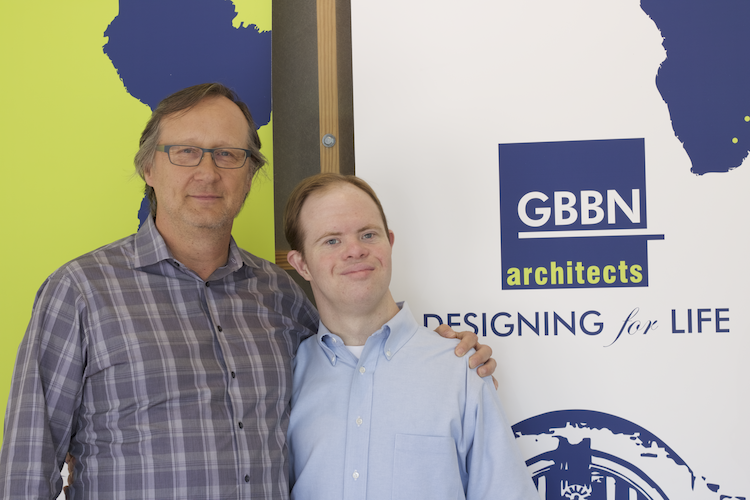
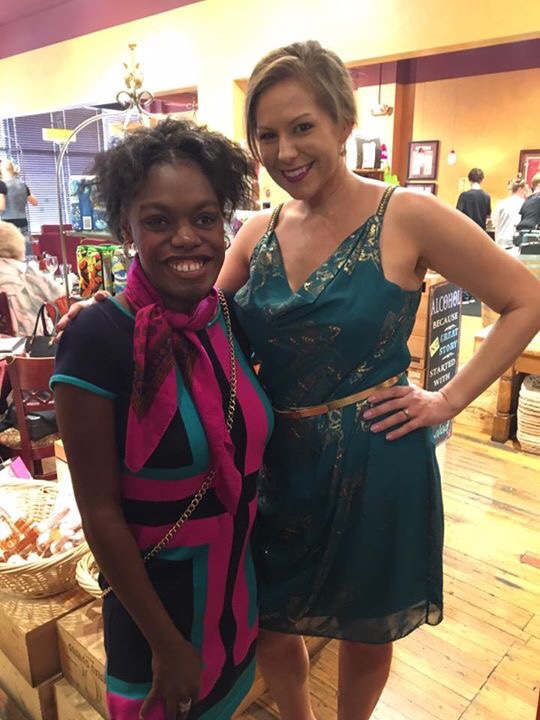
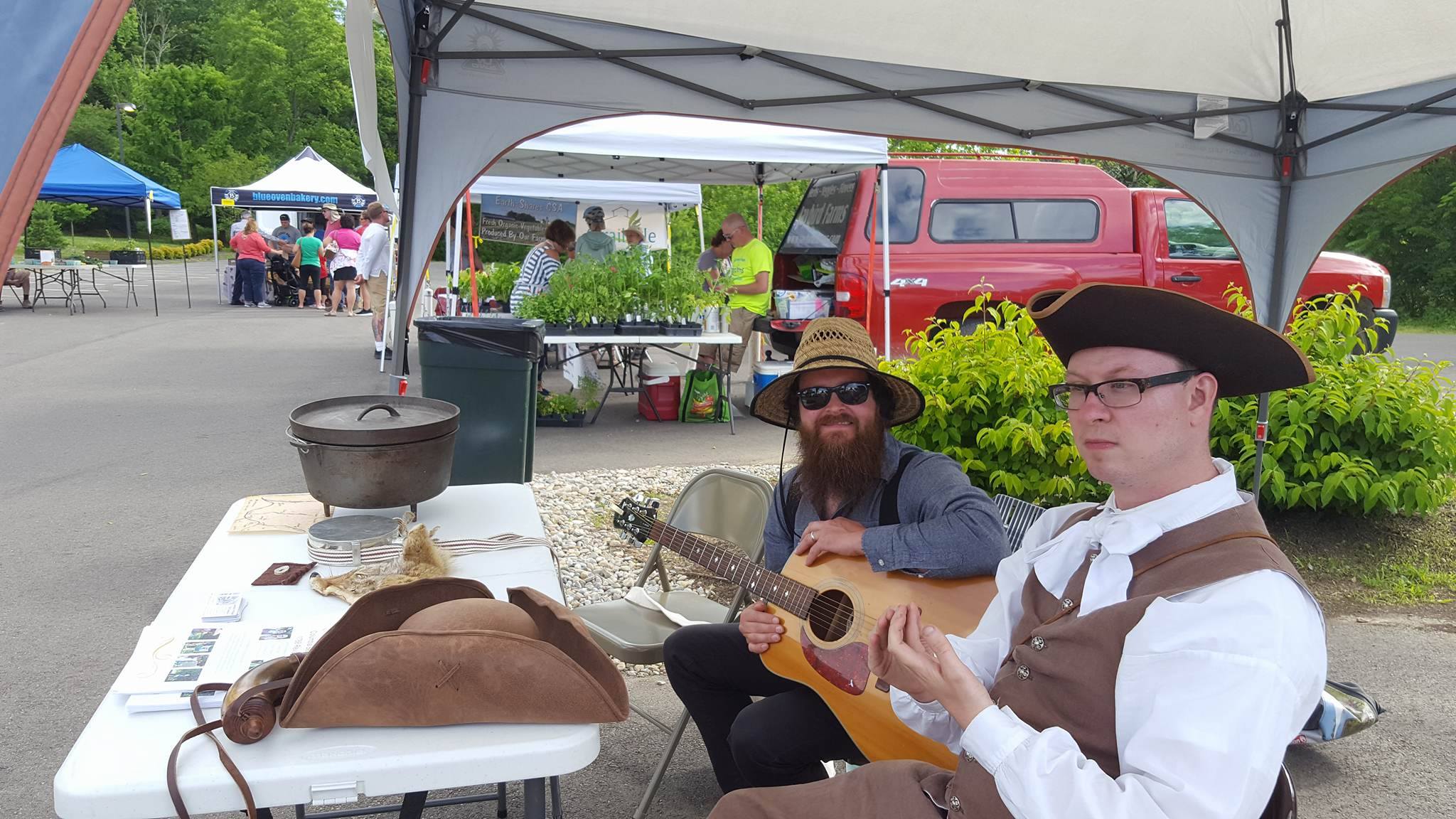



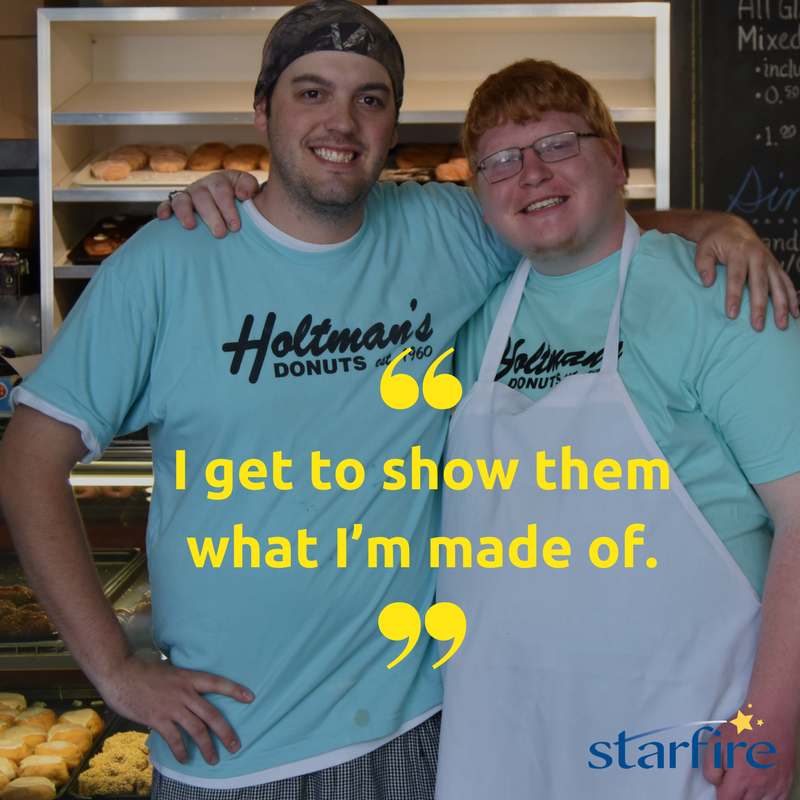
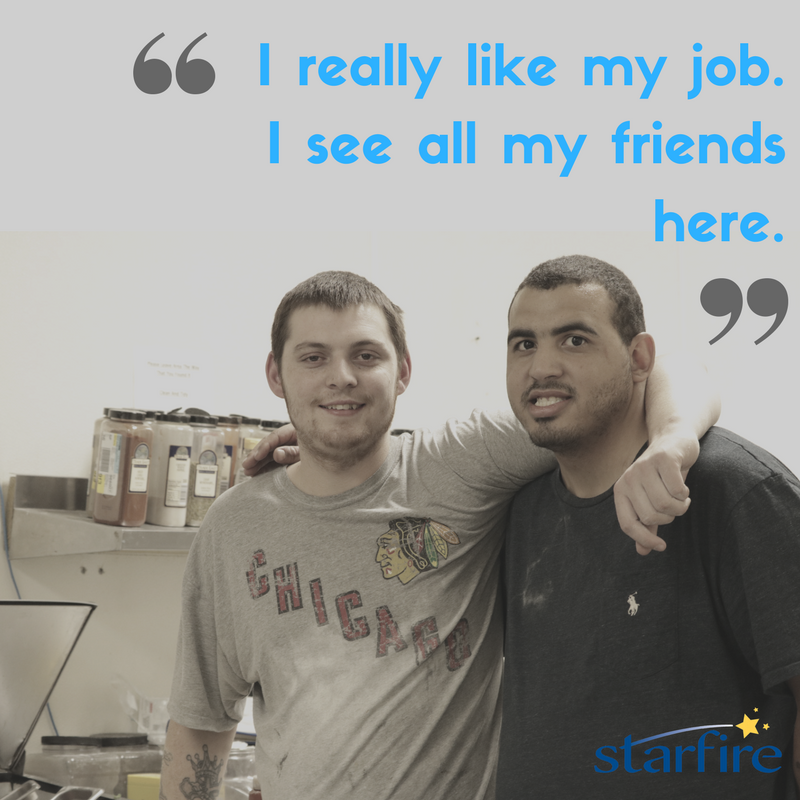
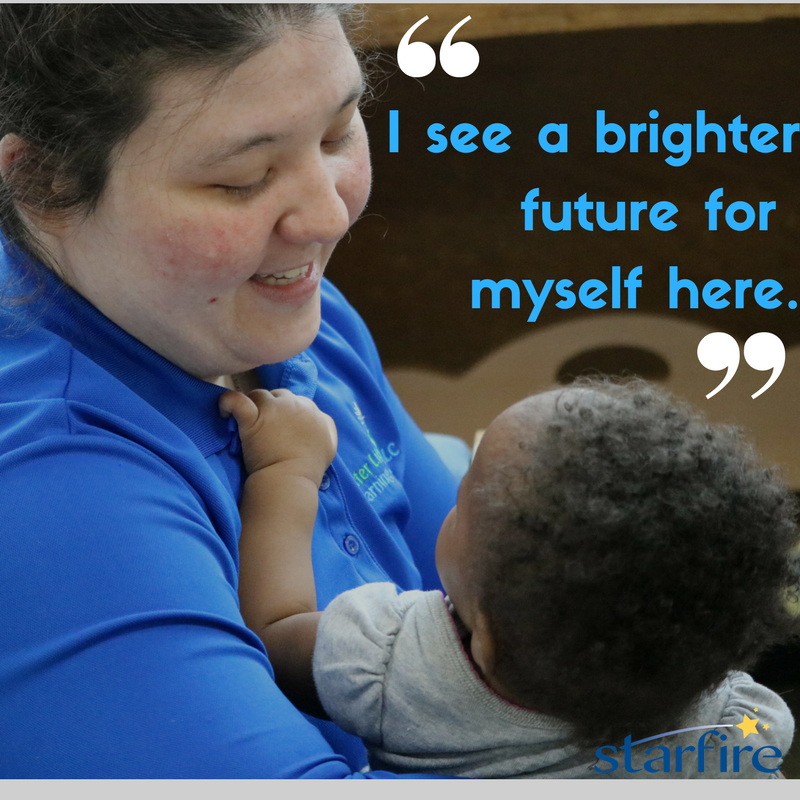

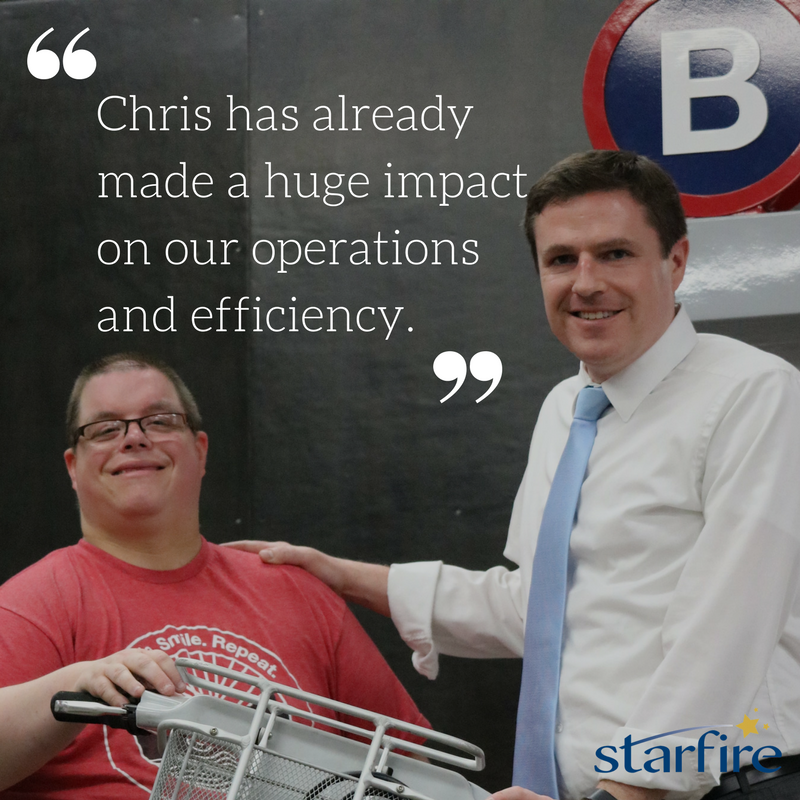


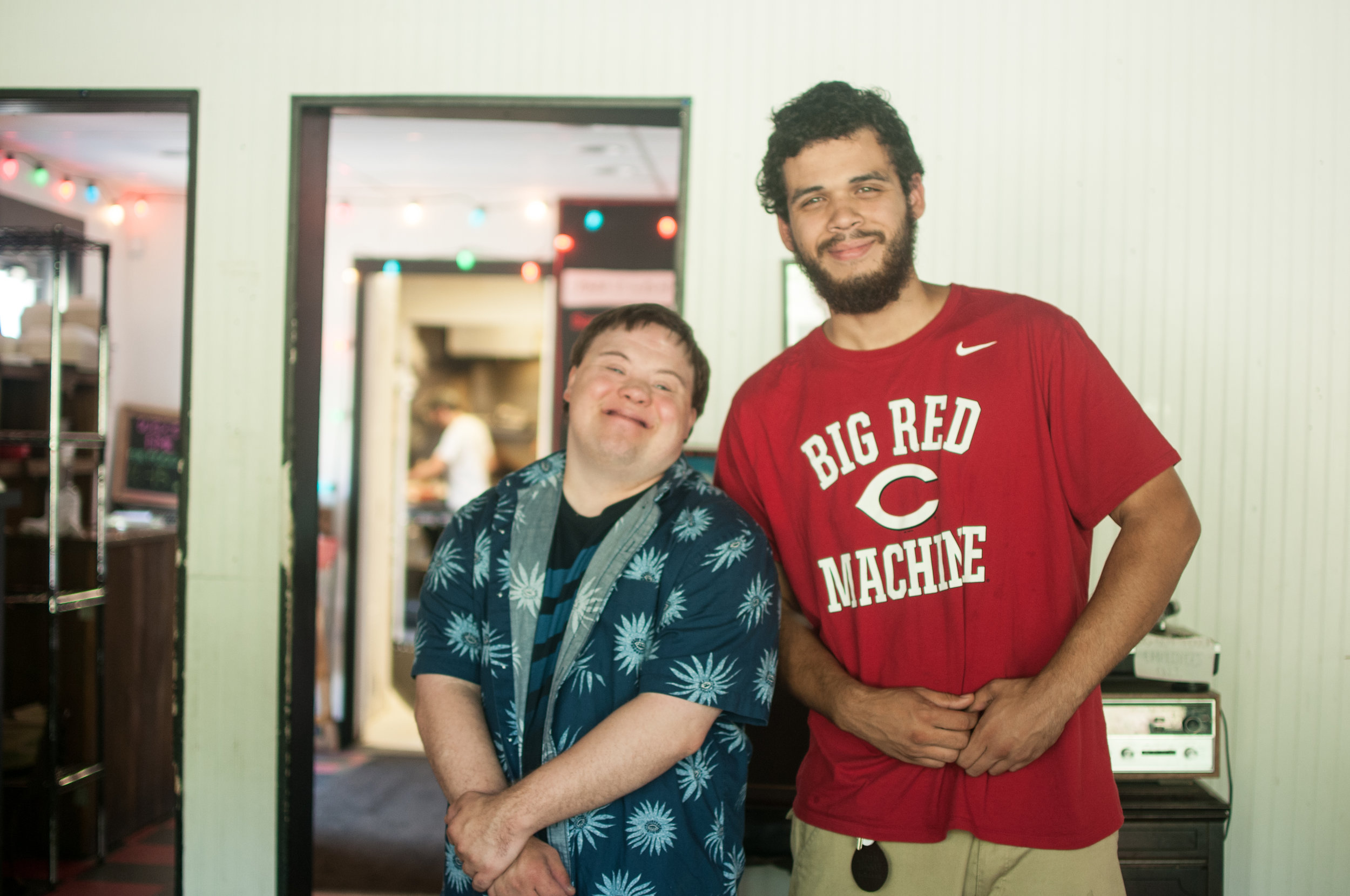
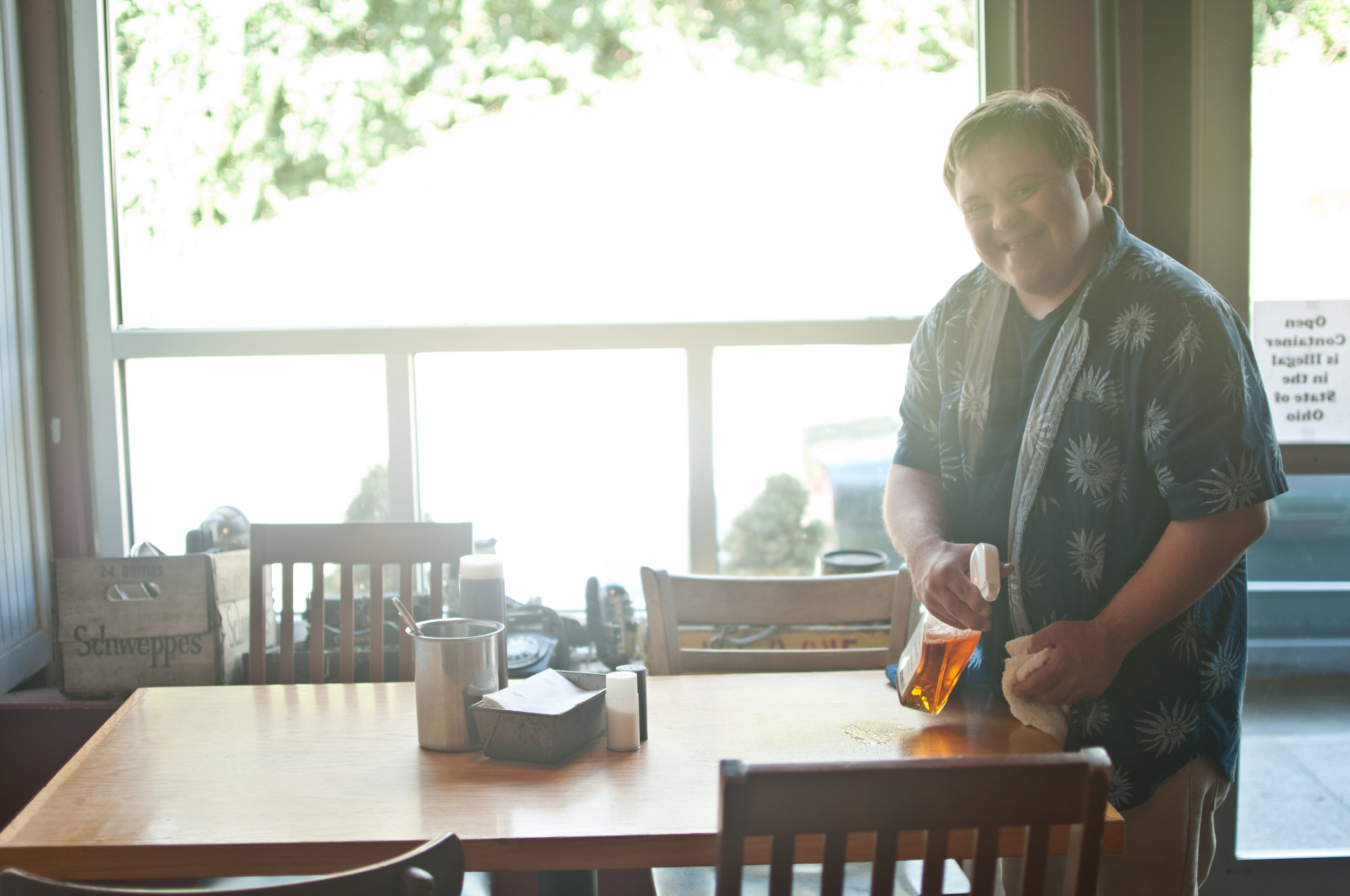
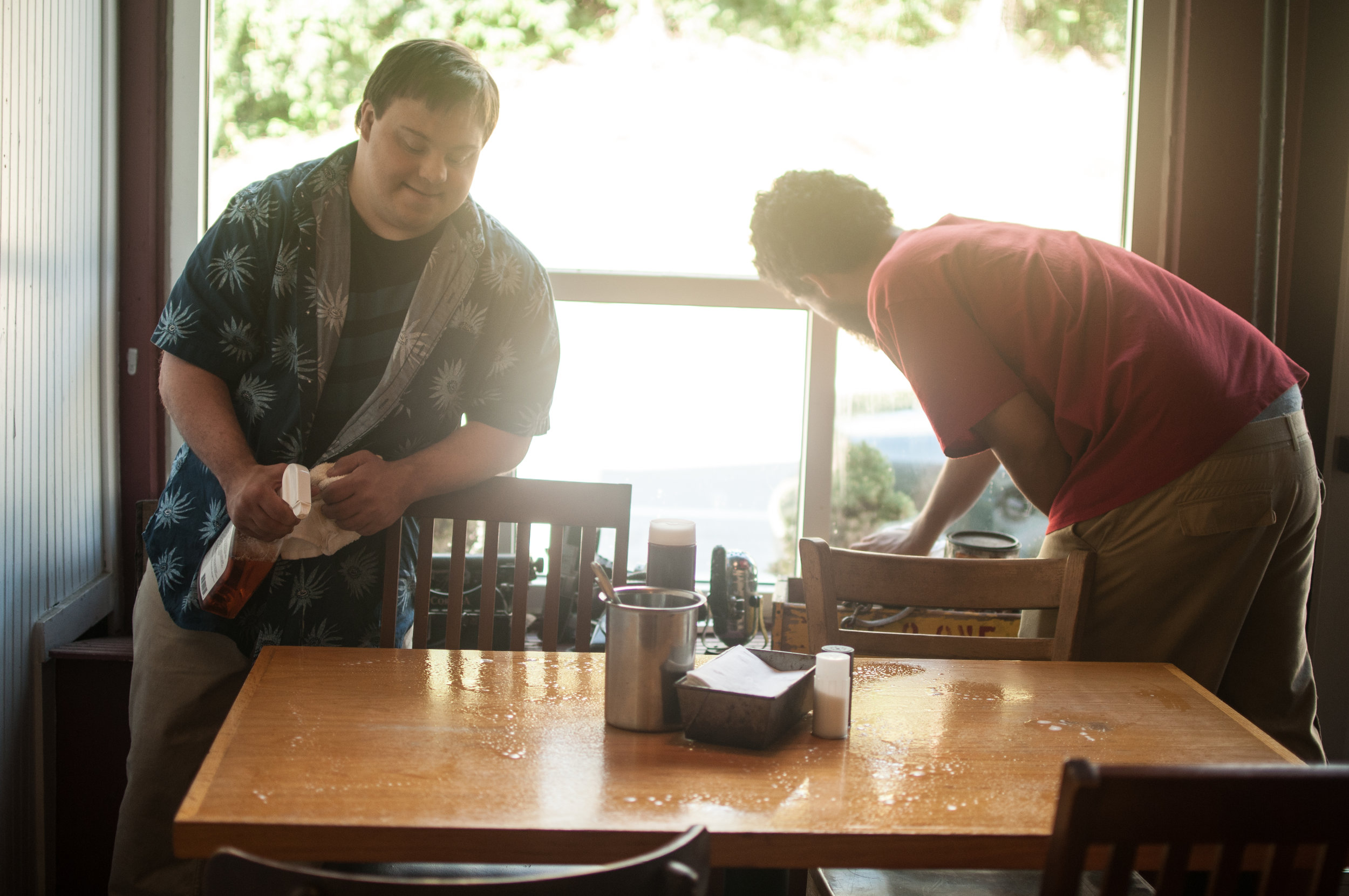

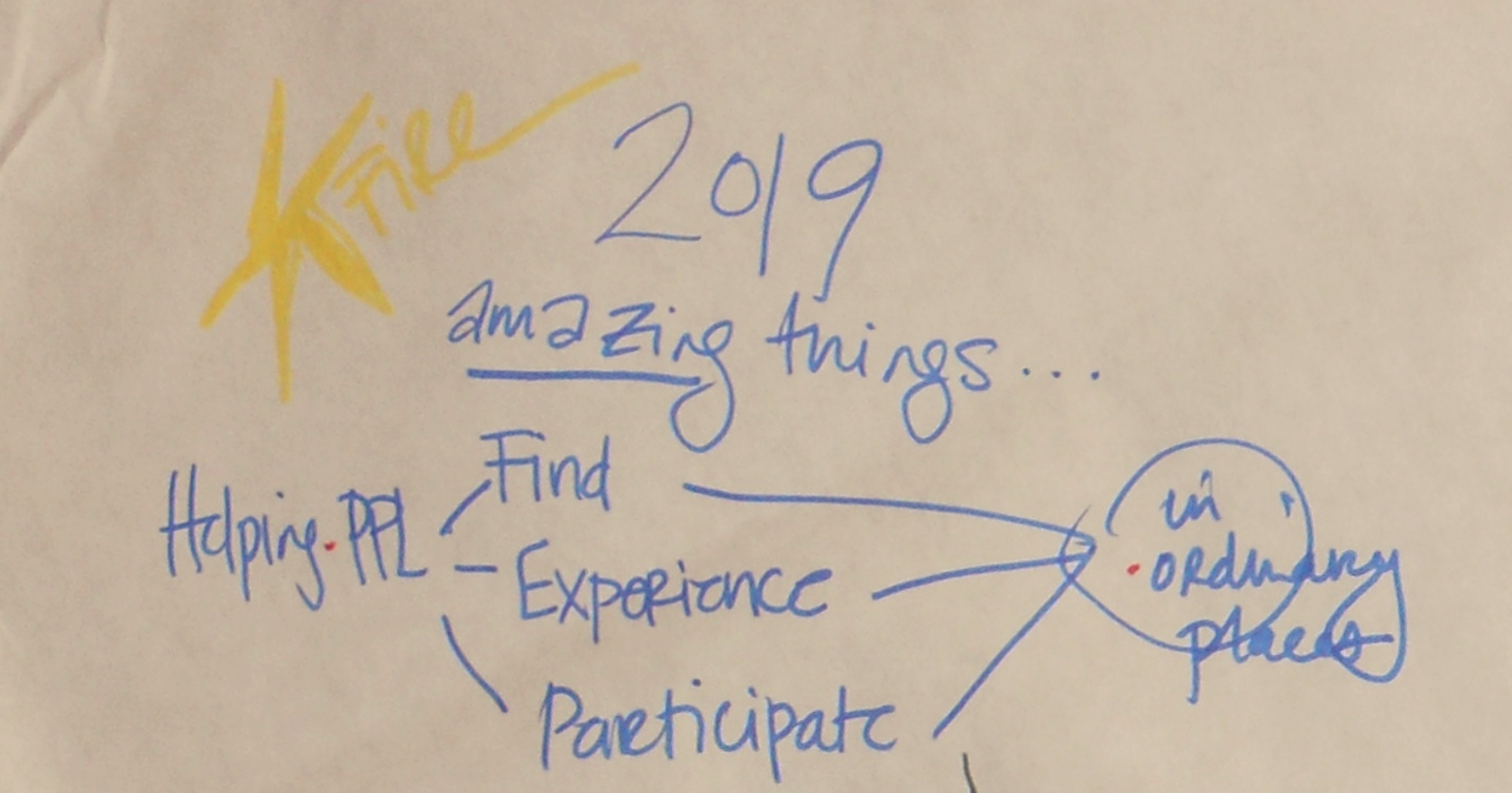
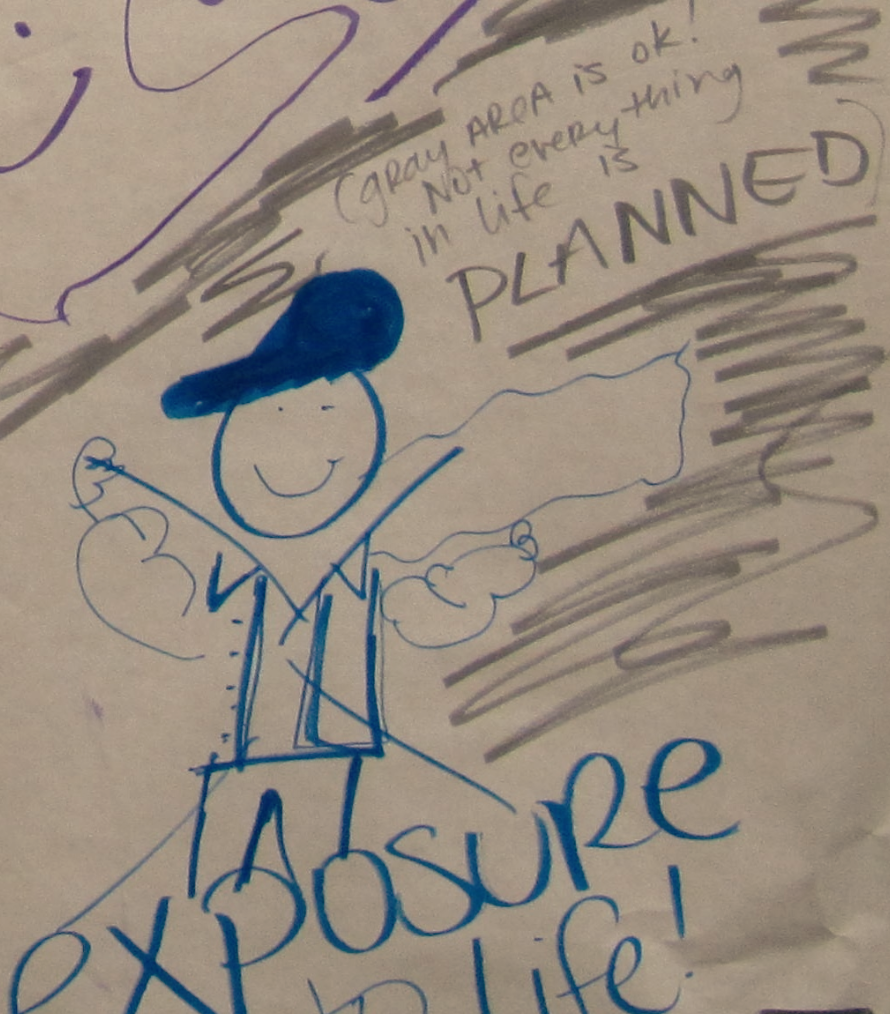
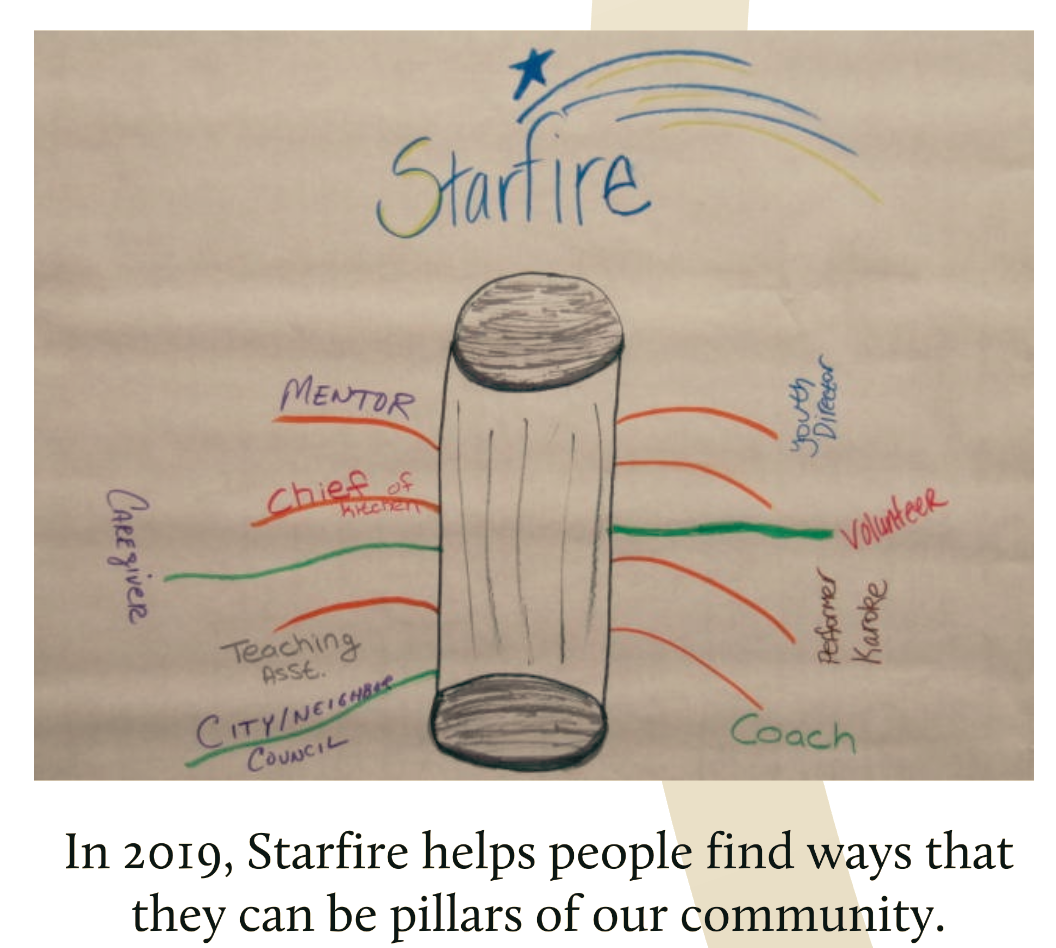
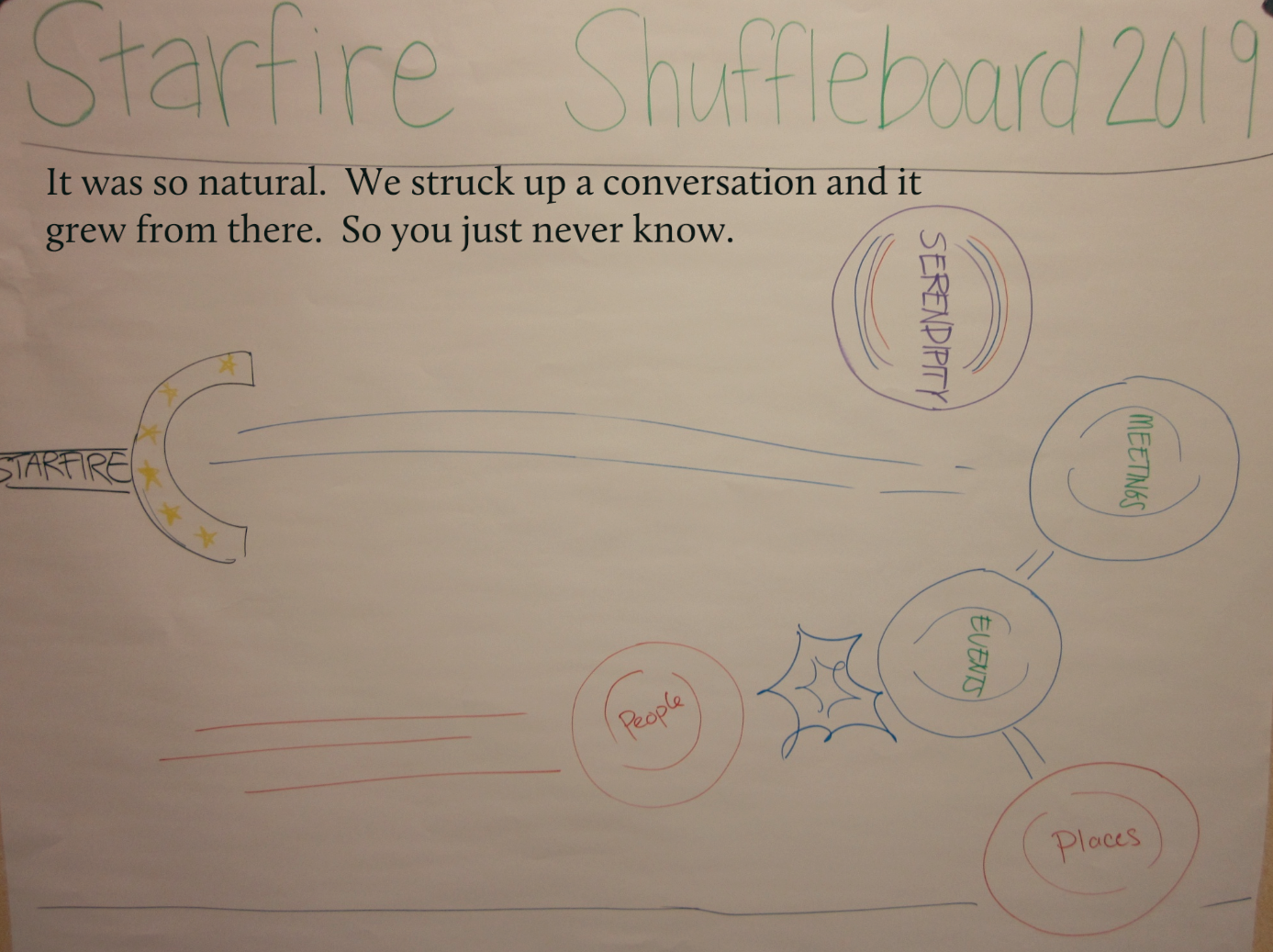
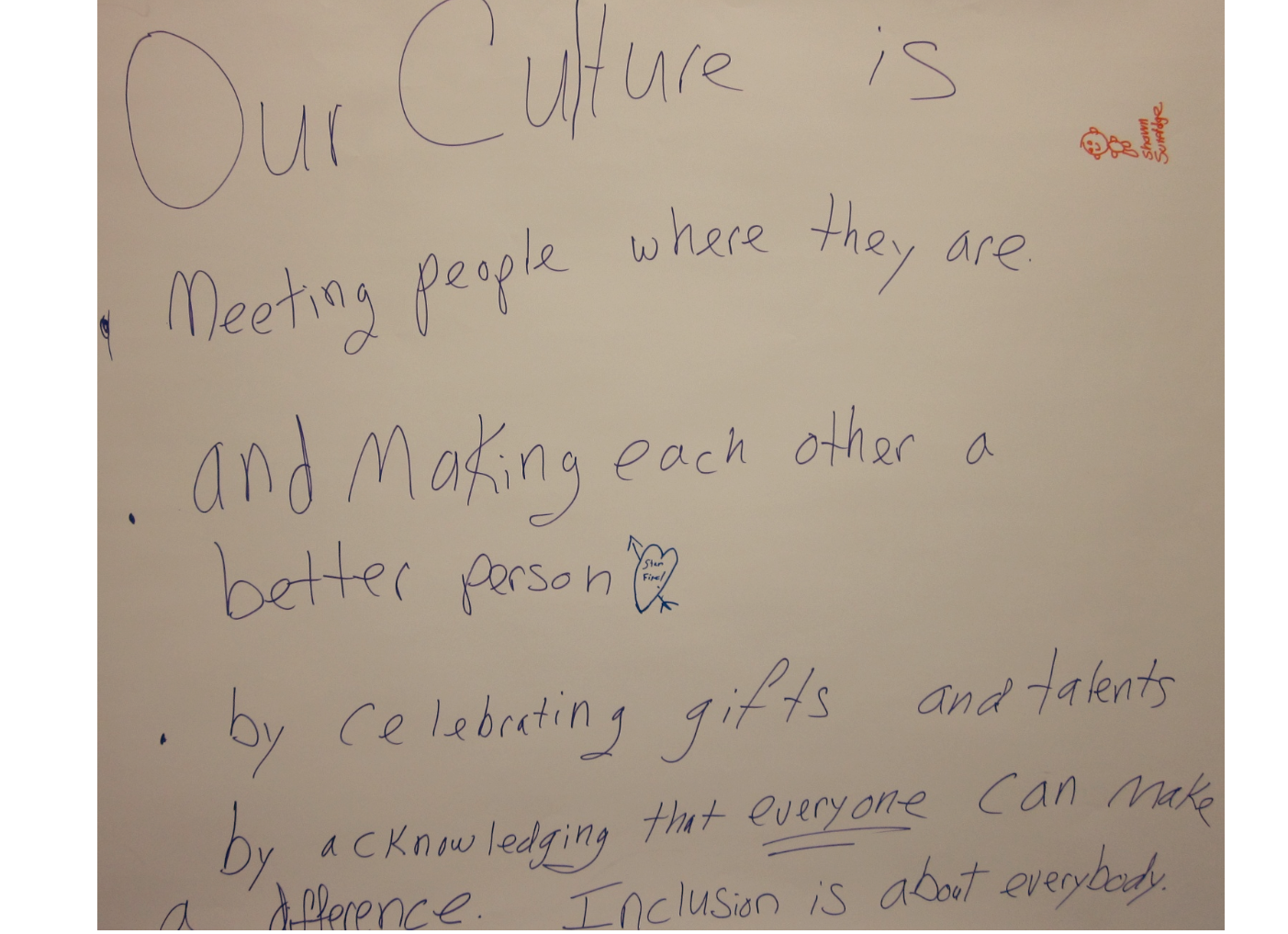
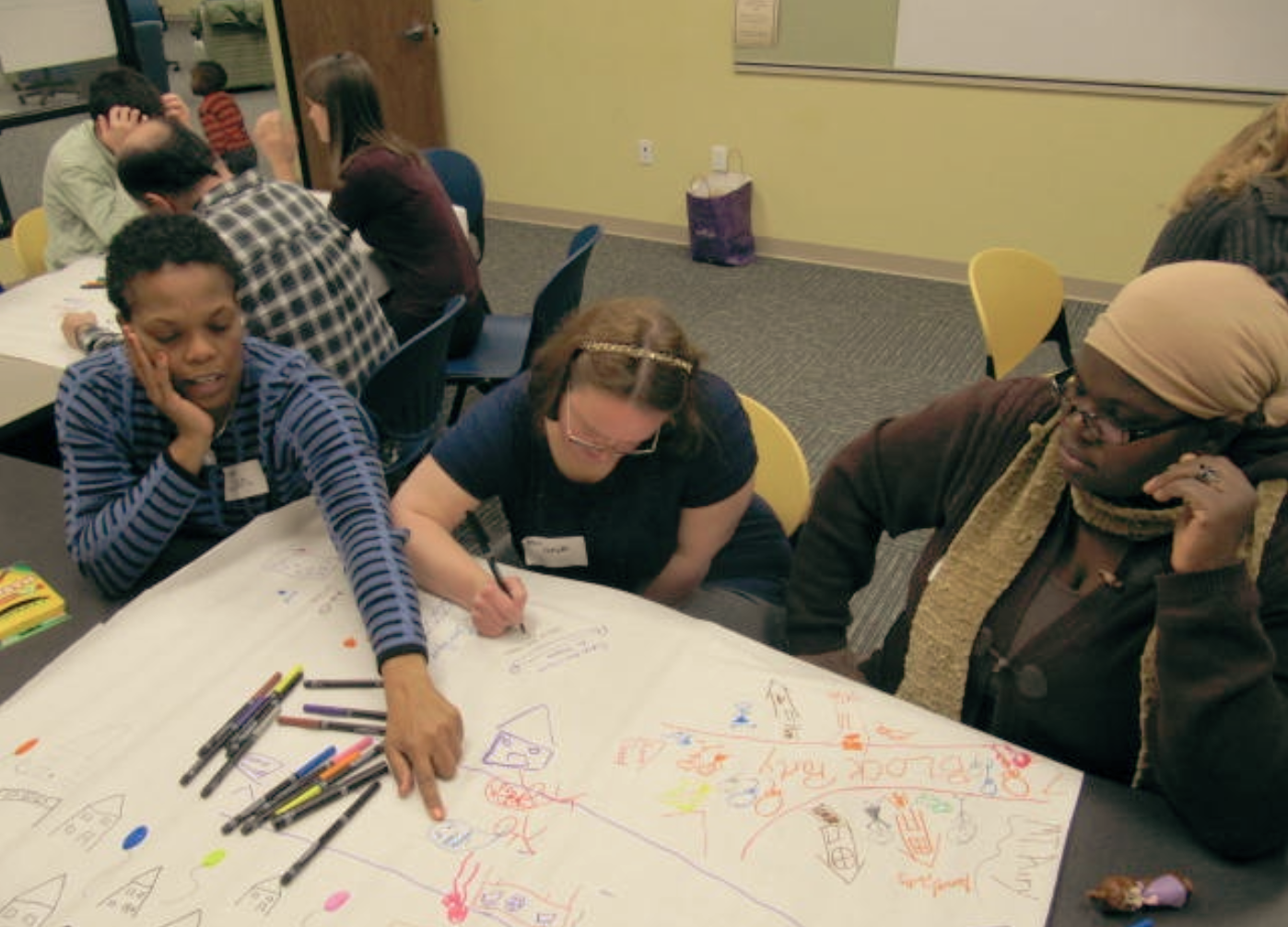
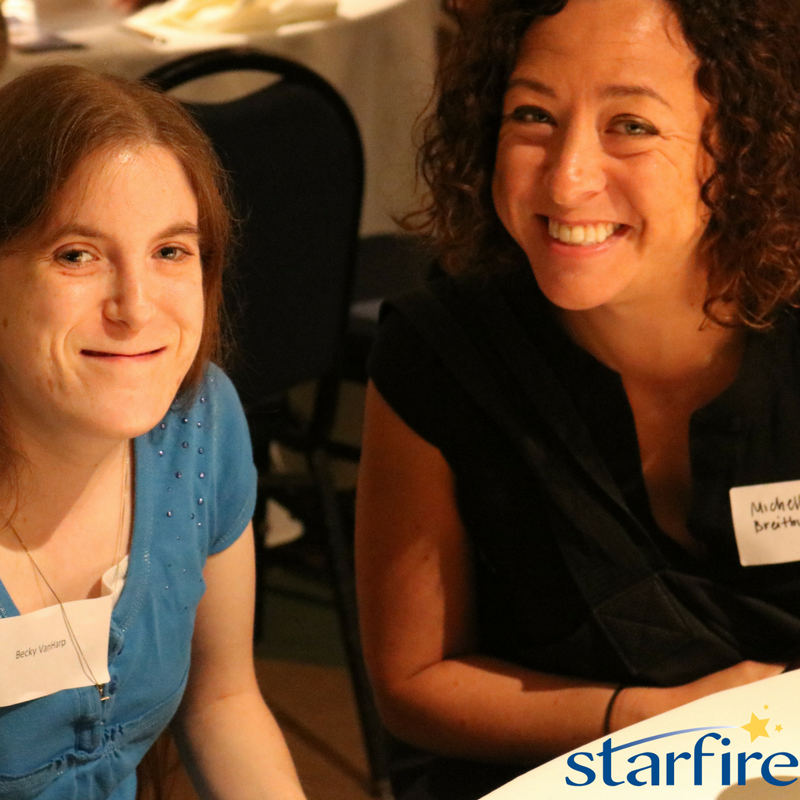
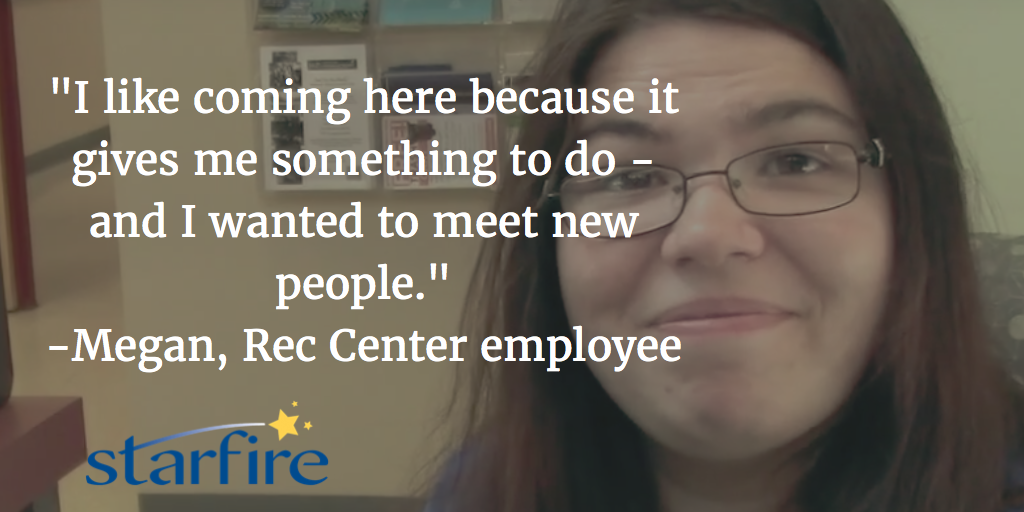
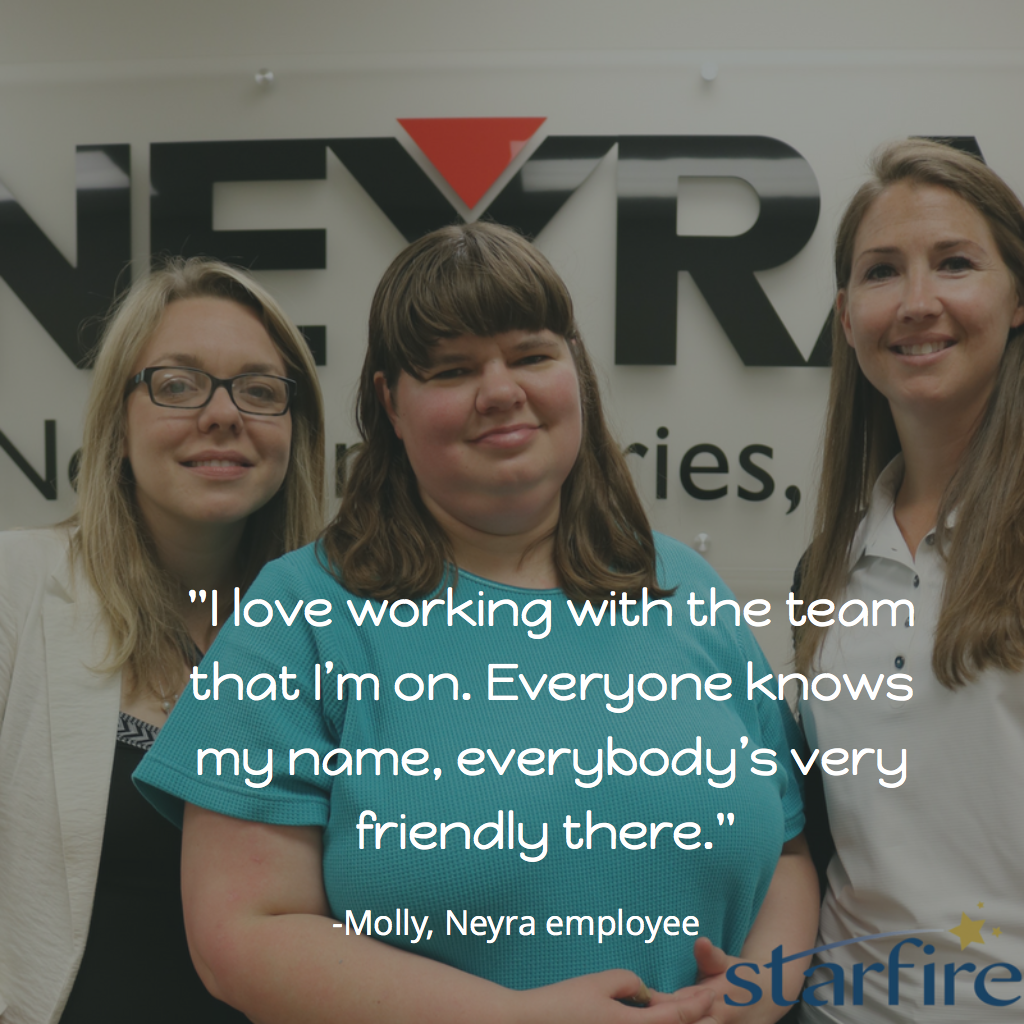
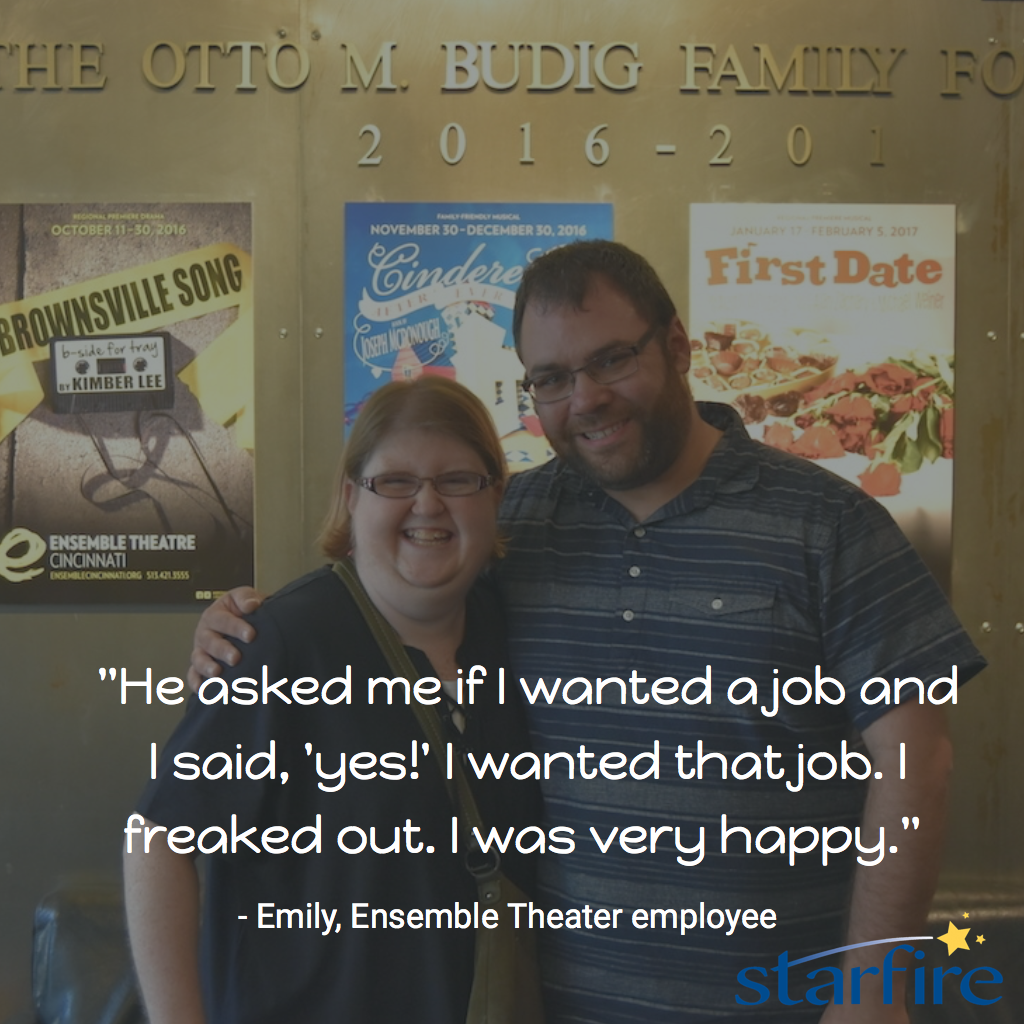
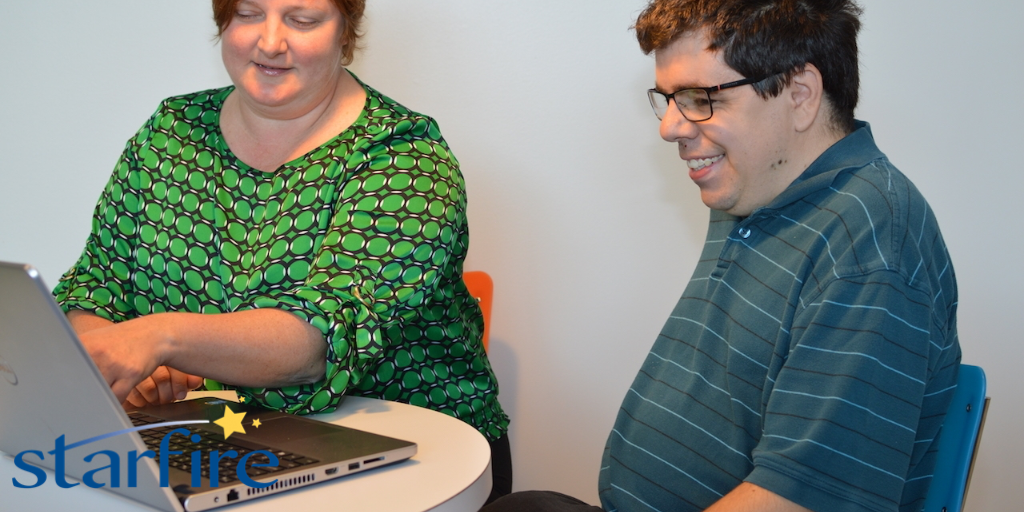
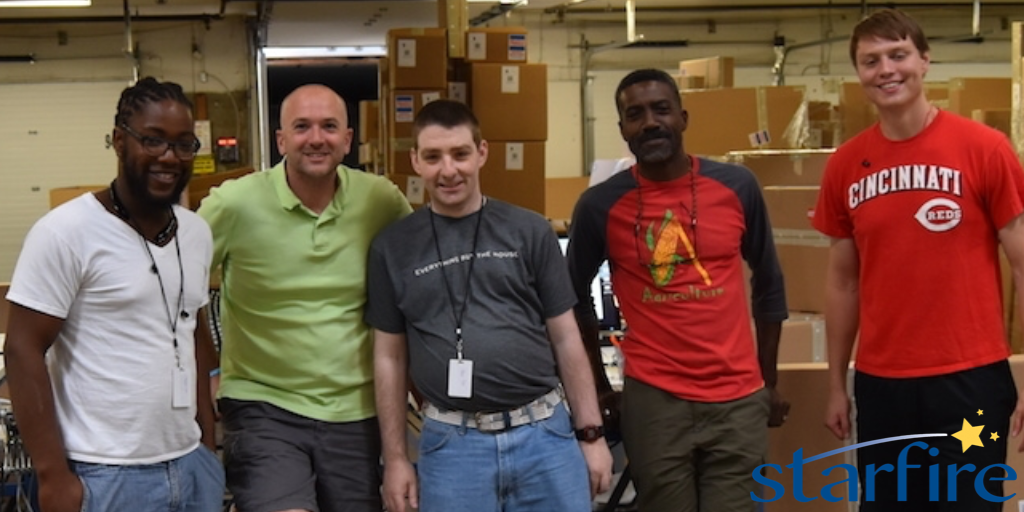
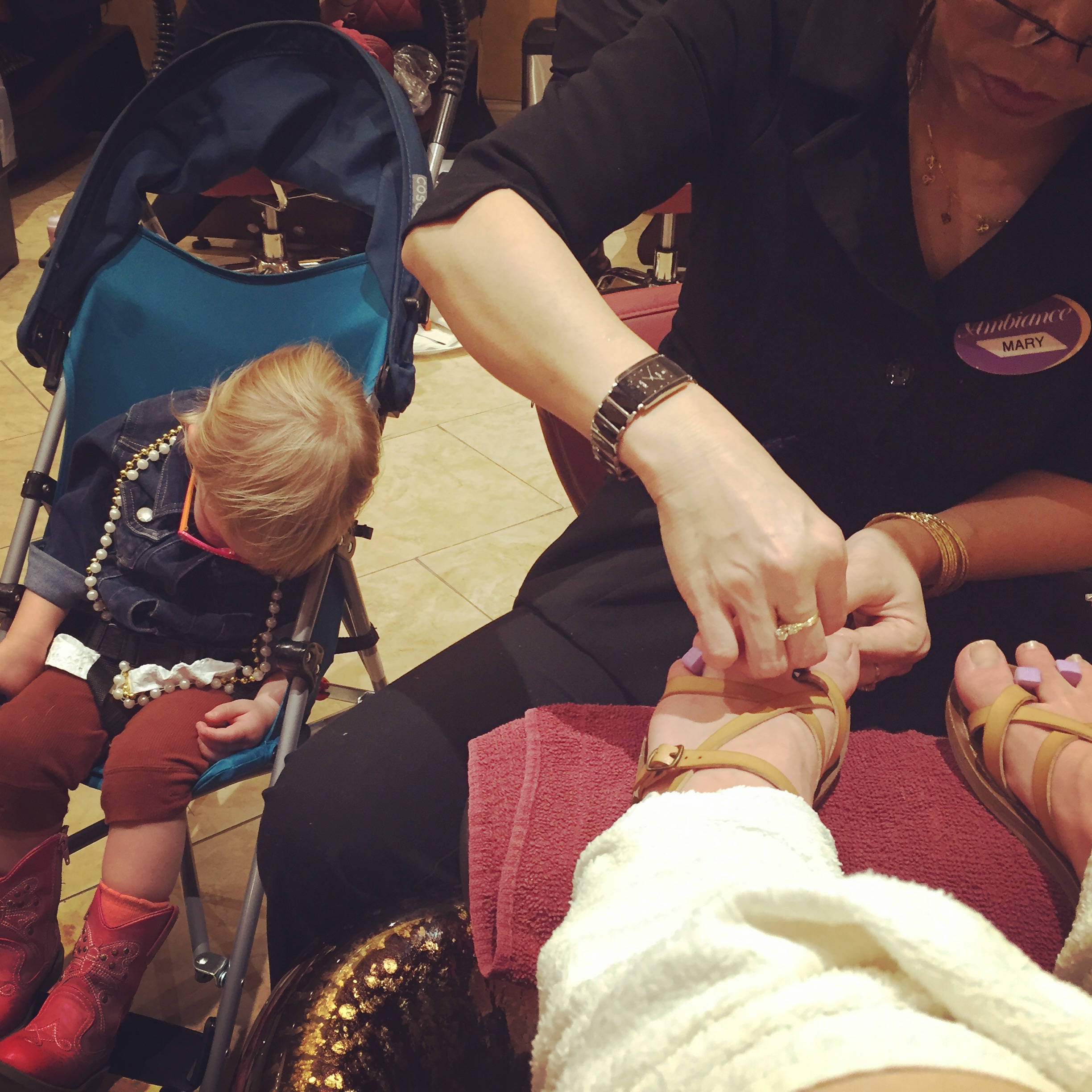


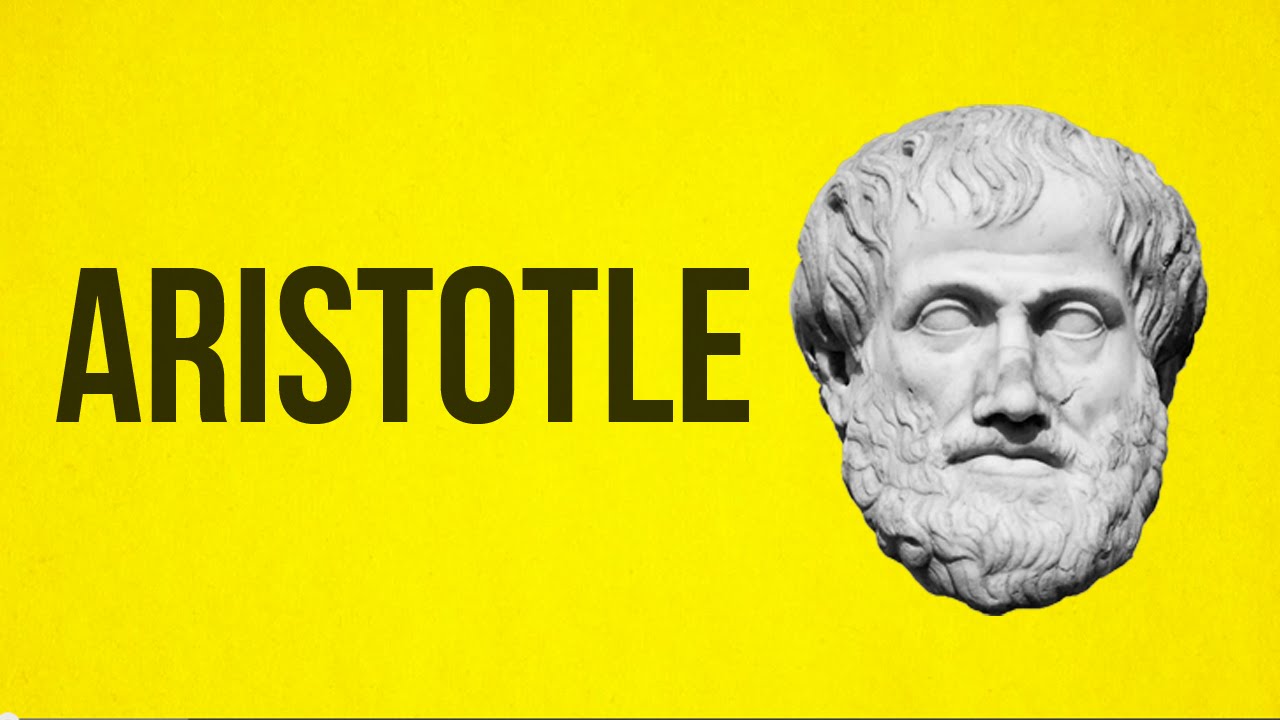





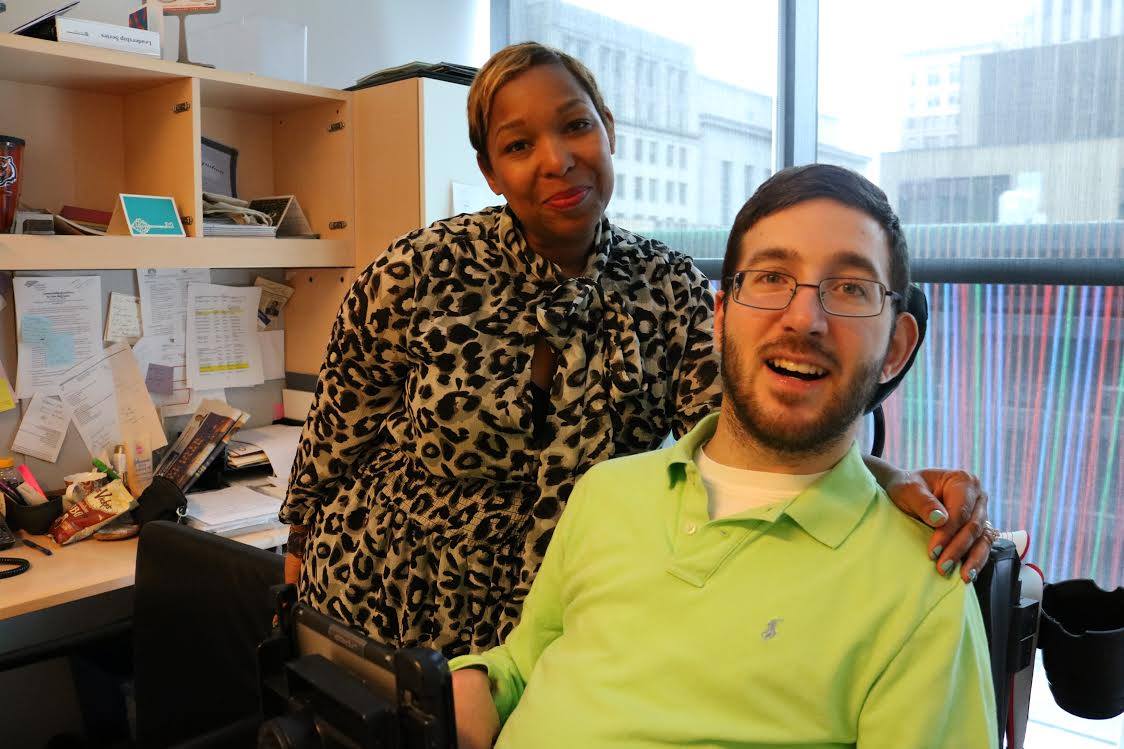


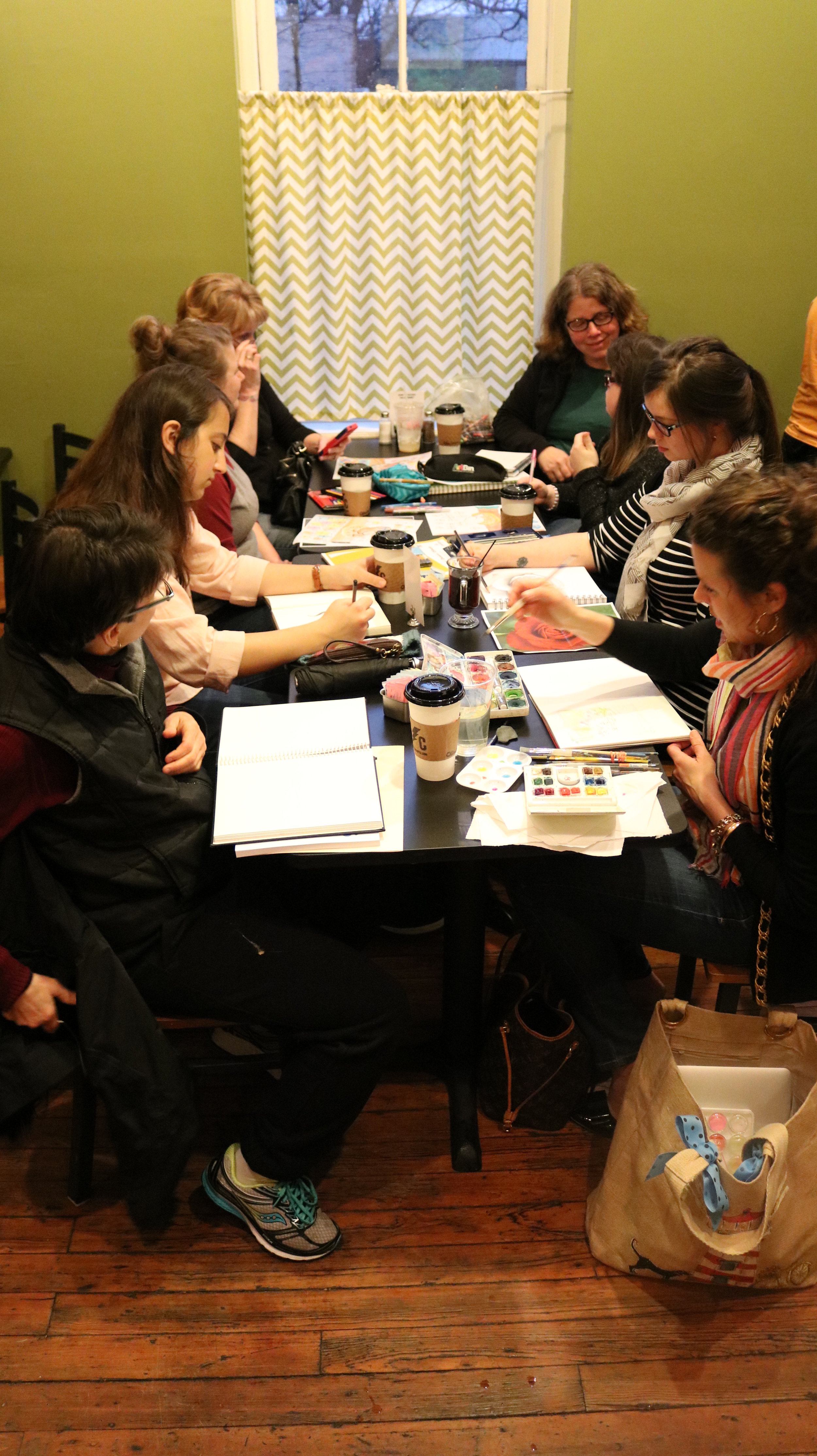
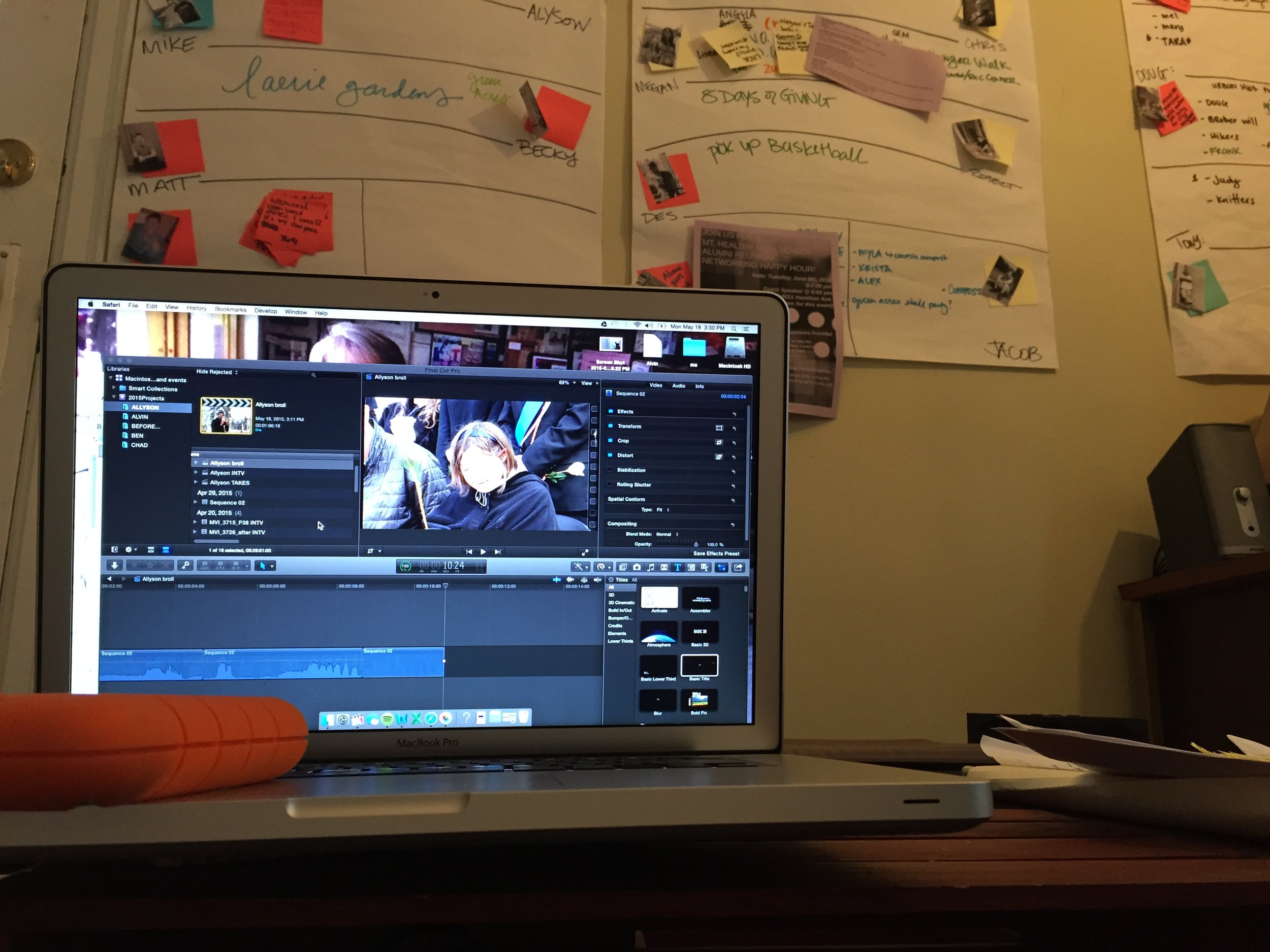
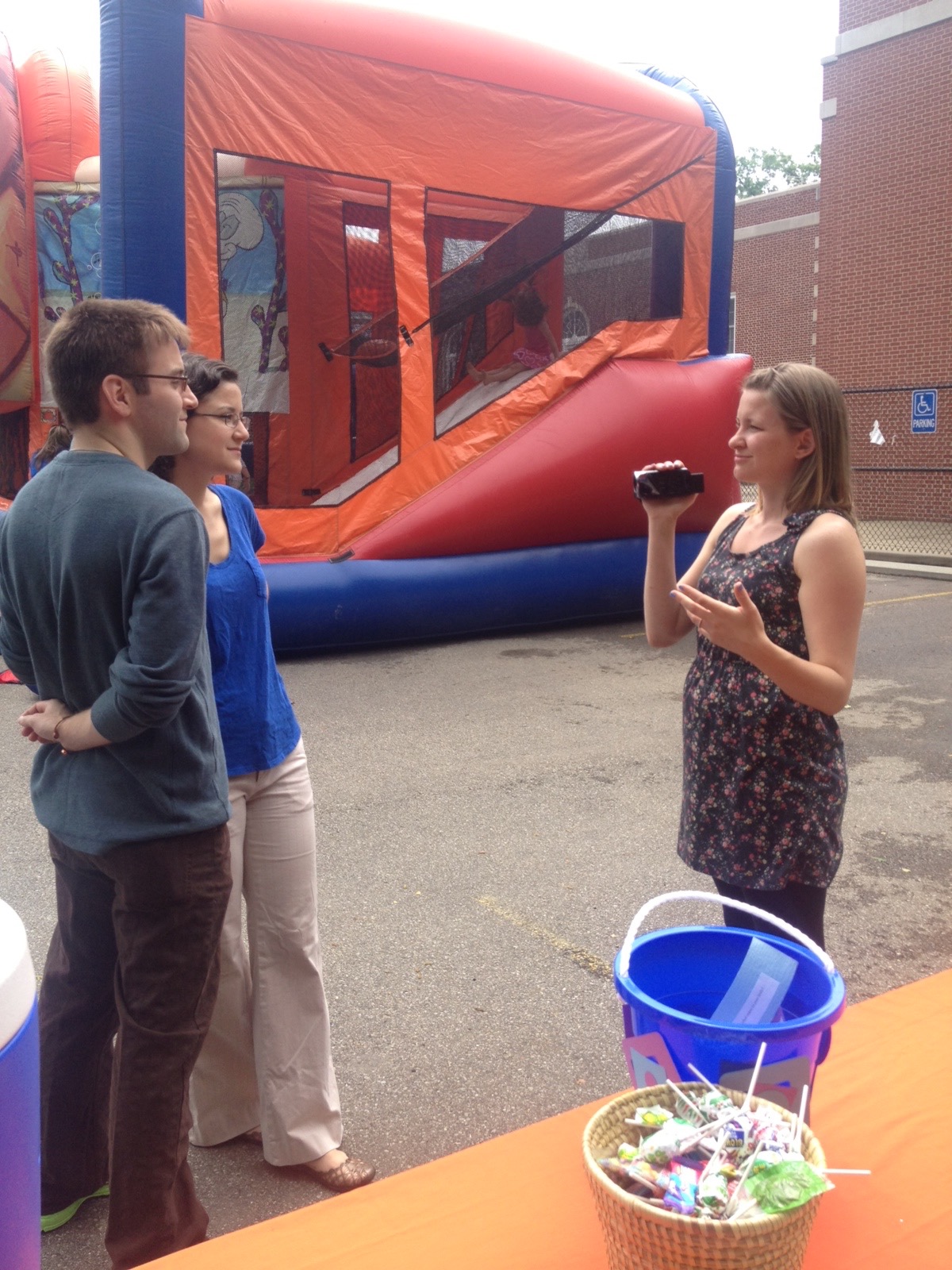
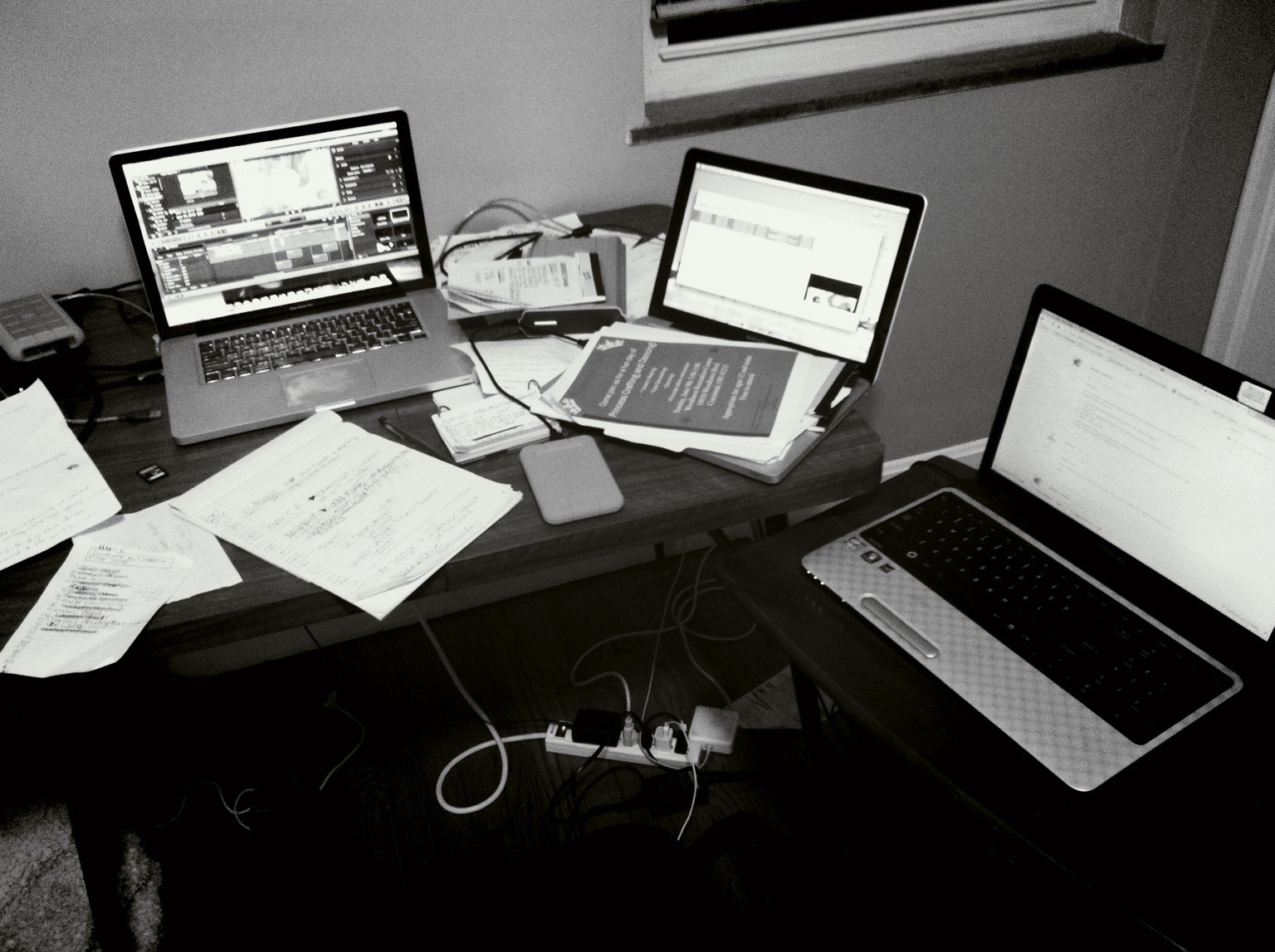

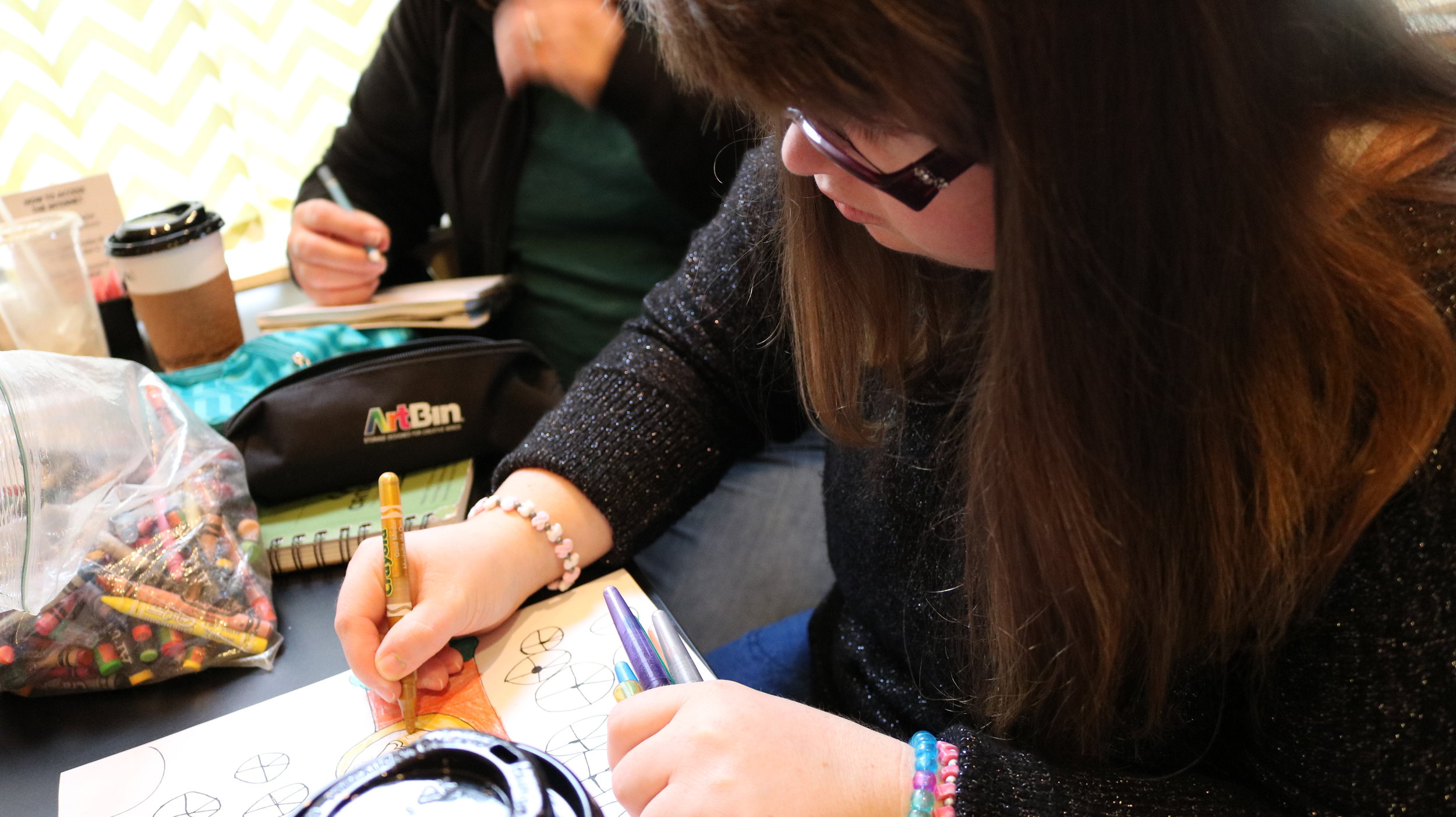 Last week, at our weekly roundtable conversation about our inclusion efforts, Amanda stood up and extended an invitation. She and Bridget had been planning a "Sip & Sketch" and she wanted to make sure everyone knew about it. They had designed it based off of Amanda's love of art. They wanted a regular place where anyone could show up and draw together, so they worked out a plan with a local cafe, and then began planning and inviting.
Last week, at our weekly roundtable conversation about our inclusion efforts, Amanda stood up and extended an invitation. She and Bridget had been planning a "Sip & Sketch" and she wanted to make sure everyone knew about it. They had designed it based off of Amanda's love of art. They wanted a regular place where anyone could show up and draw together, so they worked out a plan with a local cafe, and then began planning and inviting.


